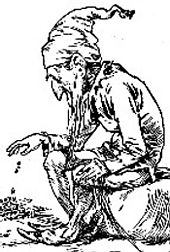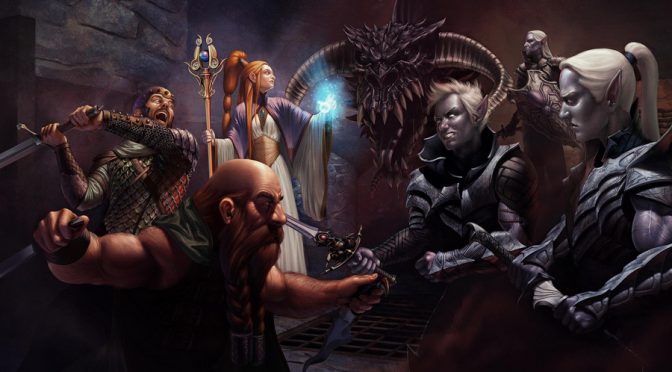The fantasy genre, for all of its common tropes created in the modern day, draws its roots from mythology the world over. Though rarely depicting the stories as they were originally, these mythologies have formed the backbone of what we use today to craft our fictional worlds of magic and supernatural creatures. And, the thing about it is, when you look at what’s in the fantasy works of today and then look into the origins of the creatures in the past, the differences can be stark. Even figures known to the mainstream population are somewhat different than what they’d originally been.

The Leprechaun is one of the easiest changes to point out to people. Their clothing, general demeanor, and place in the lore have changed dramatically overtime. And with the Leprechaun we even see how fast it can happen as the creatures themselves didn’t show up in the folklore until relatively recently in cultural terms. The root stories, the ones that inspired the wee folk in the first place, are actually so different that you would barely recognize them at first glance. But the Leprechaun is far from being the only one. For instance, did you know the word”Dobby” is actually another term for “Brounies“?

And one of the things you’ll realize when you look at it close for a while is that there are pretty specific evolutionary paths for some of these mythical creatures. Especially in Europe, a single effect becomes more and more obvious as many creatures of the past were somewhat more innocent in appearance and gradually became more inhuman. Essentially the old trope of “good is pretty” and “evil is ugly” started to become more common over time. Though some creatures have always been evil and ugly, even downright terrifying (looking at you, Celtic and Germanic folklore), other creatures were a lot less dangerous looking at first glance. And, now, those creatures tend to look like something fairly different.
Why did that happen? Well, there are different reasons for different places, but for Europe the answer is pretty simple: Christianity isn’t keen on ambiguity… Continue reading The Evolution Of Mythology


